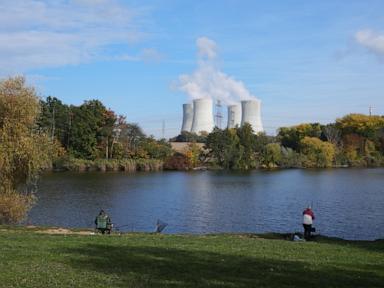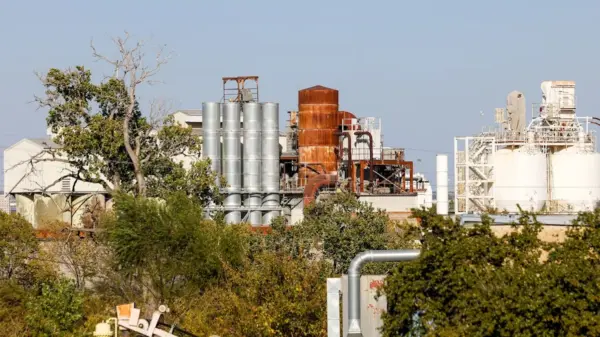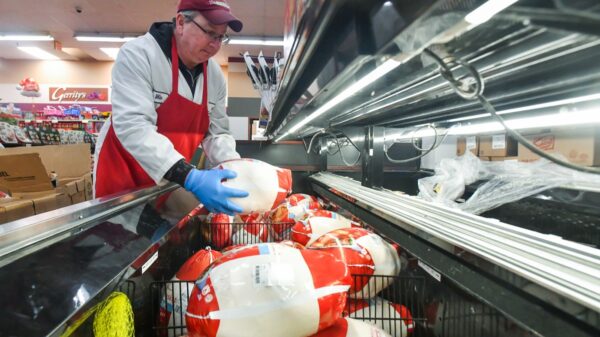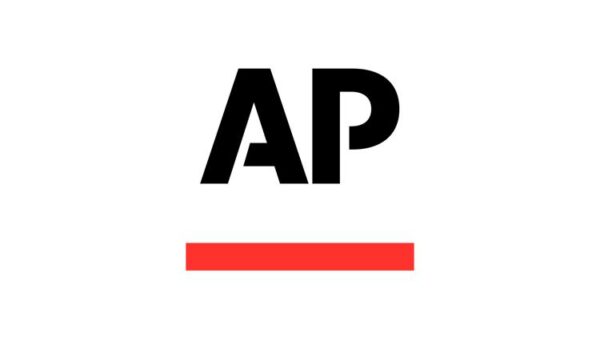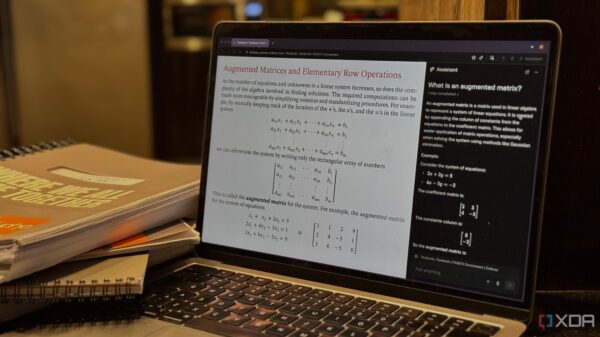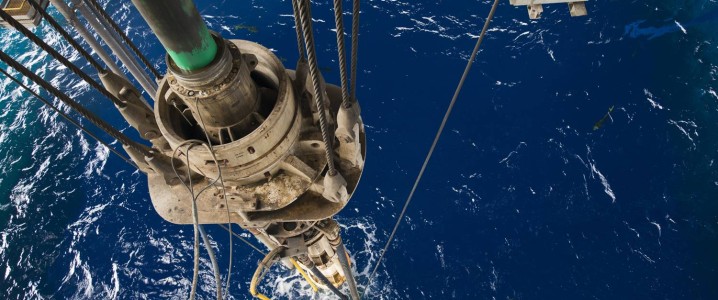OPEC+ has decided to increase oil production by 547,000 barrels per day (bpd) starting in September 2024. This move marks a significant step as the group prepares to complete the unwinding of its largest production cut, a strategy that has been anticipated by market analysts. Led by Saudi Arabia and Russia, OPEC+ indicated that while the current cuts will be rolled back, the future of its production policy remains uncertain.
The decision to boost output comes as the alliance continues to navigate fluctuating market conditions. OPEC+ has been gradually rolling back its previous cuts of 2.2 million bpd. By the end of next month, the United Arab Emirates (UAE) will contribute an additional 300,000 bpd to the market. The immediate strategy appears focused on capitalizing on peak summer fuel demand, but analysts predict challenges as this demand diminishes in the autumn months.
Analysts at Saxo Bank highlighted that the key question now is whether oil prices can remain stable as global demand wanes and geopolitical tensions impact trade. They noted that while OPEC+ cites “healthy oil market fundamentals,” actual demand from crucial importing regions, such as Asia, may not align with these claims. According to data from LSEG Oil Research, Asia’s crude oil imports fell to 25 million bpd in July, down from 27.88 million bpd in June, marking the lowest import levels in over a year.
Chinese refiners have been increasing their stockpiles, reportedly adding just over 1 million bpd so far this year. Nonetheless, the overall market outlook suggests a potential oversupply, particularly in the fourth quarter of 2024. Goldman Sachs anticipates that OPEC+ will maintain its production quota after September, as they expect stockpiles in OECD countries to rise, leading to a decline in seasonal demand.
The geopolitical landscape adds another layer of complexity. OPEC+ has not indicated a clear direction for its policy post-September, but the group has cautioned that changes to the rollback of production cuts may occur based on evolving market conditions. Helima Croft, head of commodity strategy at RBC Capital Markets, emphasized that “all options remain on the table,” including pausing production increases or reversing recent policy changes.
Tensions surrounding Russian oil shipments are also significant. The Trump Administration is reportedly considering substantial tariffs on India, which has been purchasing large quantities of Russian oil. President Trump criticized India’s actions, stating they are profiting from Russian oil while ignoring the ongoing conflict in Ukraine. The potential for new U.S. tariffs could significantly alter the market dynamics, especially if countries like India and Turkey reduce their Russian oil imports.
In summary, as OPEC+ prepares to increase production, the group faces an uncertain future. The balance between maintaining prices and managing geopolitical pressures will be critical as they navigate the complexities of the global oil market. With an eye on potential surpluses and shifting demand, OPEC+ remains poised to adjust its strategies as necessary to retain market share and stabilize prices.










